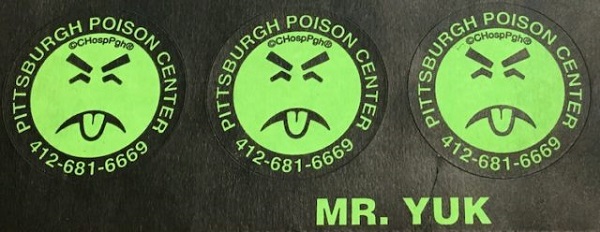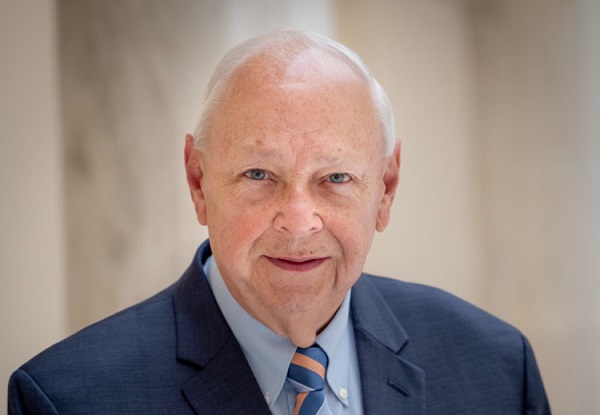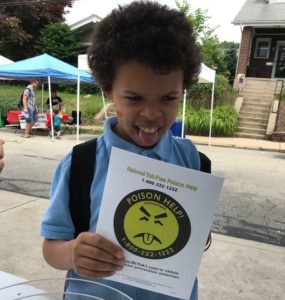
Pittsburgh moms have trusted Mr. Yuk for nearly 50 years. At last, its creator will be celebrated.
This story first appeared in NEXTpittsburgh, which publishes Kidsburgh.
For nearly half a century, one iconic Pittsburgher has been a trusted fixture in millions of homes across the nation. He normally hangs out under the sink.
Developed by Dr. Richard Moriarty and his staff at Children’s Hospital of Pittsburgh in 1972, the Mr. Yuk symbol stands with Smokey Bear and McGruff the Crime Dog as the best-known public education mascots of the 20th century. His character has warned generations of children away from the harmful chemicals in their homes.
In recognition of his lifetime of service to public health, which isn’t limited to Mr. Yuk, a ceremony celebrating the doctor’s 80th birthday will be held on October 1 in Pittsburgh City Council chambers.

As he gears up for the celebration, Moriarty found time to discuss his legacy with NEXTpittsburgh.
The doctor, a Lawrenceville native and Schenley High School alum, recalls that in the late ’60s and early ’70s, concerns about toxins and poisons in the home were less of a priority in the medical community. Child-resistant packaging was still several years away, and in terms of public education, “there really wasn’t much going on at all,” he remembers.
When he took over Children’s Hospital’s Poison Center, it consisted of a single dedicated phone line and whichever nurse happened to be nearby. He set about beefing up the staff with poison experts from elsewhere in the hospital and brainstorming about new ways to educate children and their parents.
Working with young patients in focus groups, Moriarty and his team found that the traditional poison symbol — a red skull and crossbones — actually had positive associations for many local children. Far from thinking of poison, it reminded them of their favorite cartoons or the then-dominant Pittsburgh Pirates.

As they worked with children, Moriarty and his team began zeroing in on a design that articulated danger in a simple, accessible manner.
“The Mr. Yuk symbol was basically created by kids,” says Moriarty. “It became the centerpiece of our public education program.”
Mr. Yuk and the associated curriculum developed at Children’s quickly gained national attention. Within seven years, more than 50 hospital poison centers across the nation were using the program. Today, the stickers remain available.
While the frowning green face is his most famous endeavor, Moriarty continued to innovate in his field in the following decades. Over a span of 40 years, he published 20 journal articles and held leadership positions with organizations like the American Academy of Pediatrics and the Pittsburgh Toxicology Club.
Moriarty retired from UPMC in 1989 but continues to advocate for public education. For the last 12 years, he’s served as president of the Carnegie Discoverers, a volunteer group that helps promote the mission of the Carnegie Museum of Natural History Museum. He also helped launched the R.W. Moriarty Science Seminar Series, the museum’s free lecture series.
Asked about his emotions when he learned about the coming civic tribute, Moriarty says he’s “pleasantly surprised.”
“You try to do the best you can with what you’ve got,” says the doctor with characteristic humbleness. “It’s nice when other folks recognize what you’re been trying to do, and want to tell you that you’ve done a pretty good job with your life.”